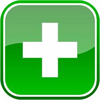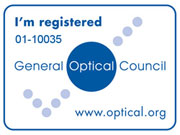Children
At what age should my child have their first 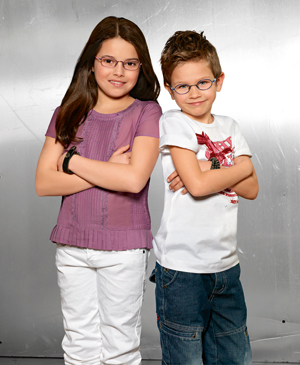 Eye Exam?
Eye Exam?
As pediatric specialist optometrists we advise every child to have an eye examination from 18 months old upwards. If parents suspect an eye problem at a younger age than this then we are happy to examine the child from any age. All children under 16 years of age, and any child under 19 years of age on full time education, are entitled to an eye examination once a year paid for by the NHS. If the optometrist advises earlier examinations than this the cost of these will also be covered by the NHS.
How Do I Prepare My Child for an Eye Exam?
Make time to sit down and explain what will happen during your child's eye exam. Make sure your child knows that he or she will be asked to look at and identify objects for the optometrist. These could be pictures, letters, or shapes of light on the wall. Explain also that the eye doctor may put drops in his or her eyes but it will not hurt. Eye drops may sting a bit but only for a moment. Be honest with your child and work with your optometrist to reassure your child.
What Tests Will Be Done on My Child's Eyes?
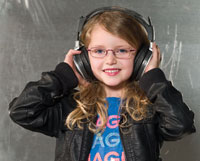
In the first year of life the optometrist will check longsightedness, shortsightedness, astigmatism, eye movement ability, proper eye alignment, how the eye reacts to changes in light and darkness, and any general eye problems. If the optometrist suspects an eye problem, your child may be treated within the Practice with spectacles, eye exercises or eye patching. If the optometrist suspects an eye condition which requires medical attention then they will refer your child to the local eye hospital. Early diagnosis of childhood eye disease is crucial to effective treatment.
For children between the ages of 3 and 5, the optometrist will conduct a physical exam of the eyes and also do vision screenings using eye chart tests, pictures, letters, or the "letter matching game”, which tests the child's visual acuity, or ability to see form and detail of objects.
If your child is a bit younger, he or she may be asked to identify pictures such as a plane, a house, a duck, or a train. Correcting poor visual acuity is very important in a child's sight development.
Amblyopia, or "lazy eye," is a condition in which there is unequal vision between the two eyes despite using corrective measures such as glasses. It can be caused by unequal errors of refraction, misalignment of the eyes, or cloudiness in the line of vision due to conditions such as cataracts.
Amblyopia is reversible when detected early. Treatment involves patching the better-seeing eye or blurring its vision using atropine drops. Amblyopia is a leading cause of unilateral vision loss in children and young adults.
Children and Dyslexia
Many children suffer from reading difficulties at school. There can be many causes for these types of problems including the need for corrective spectacles and/or eye exercises. One type of common problem is Visual Stress also known as ‘Mearles/Irlen syndrome’. If your child experiences reading difficulties, you may first want to investigate whether or not they have a visual stress problem. Many children and adults with reading difficulties can benefit from a number of aids designed to help individuals who suffer from visual stress.What Is It About?
Many children and adults with reading difficulties can benefit from using coloured overlays or coloured lenses.
Recent research, examining children aged 7-11 in two primary schools, found 50% of children reported improvements in the perception of text with coloured overlays. But how and why colour helps is still not clear.
Please see our Visual Stress/ Mearles/Irlen section for more information
Tel: 01375 373000
Services



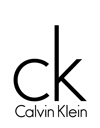

Copyright © EUIN STEELE
Design by Computer Confidence

